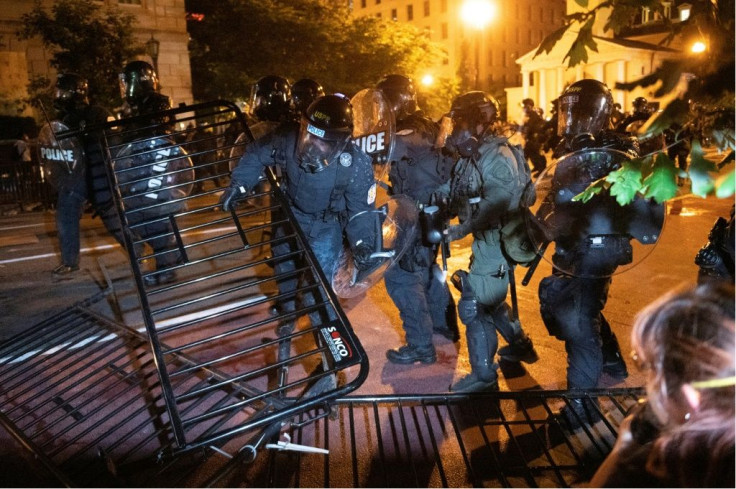Trending Hashtag Filled With Misinformation On Washington Protests

Twitter said it is "actively investigating" the #dcblackout hashtag after online accounts pushed false and misleading tweets during a night of unrest in Washington over the death in police custody of George Floyd.
Twitter said it has "suspended hundreds of spammy accounts" under its platform manipulation policy.
A spokesman for the company also said, "We're taking action proactively on any coordinated attempts to disrupt the public conversation around this issue."
Many of the accounts tweeted about a supposed communication blackout that occurred between 1:00 and 6:00 am.
However, Alaina Gertz, spokeswoman for the Metropolitan Police Department said, "This appears to be misinformation. We have no confirmation of a cellphone blackout."
An AFP journalist covering the protests also said she had no issues connecting to the wireless network at 1:30 am (2130 GMT Sunday).
Other tweets shared an image of a major fire next to the Washington Monument, but a reverse image search revealed that the picture was a scene from the American television program "Designated Survivor" which was set in Washington.
Alex Engler, a fellow at the Brookings Institution who specializes in artificial intelligence and policy, said he calculated upwards of 30,000 retweets of false or misleading content shared under the hashtag.
The tweets were subsequently shared as screenshots on Facebook and Instagram.
Amid the backdrop of nationwide protests of Floyd's death in Minneapolis, Engler said people wanting to spread misinformation know how to make emotionally charged content that aligns well with preexisting outrage so it is ripe for sharing.
He said he observed inauthentic accounts retweeting content with the hashtag #dcblackout, but they had low follower counts.
"The bots are not actually there to spread the disinformation," he explained. "They're used to make the material seem true and seem trustworthy. Then you have actual people with actual networks disseminating this."
© Copyright AFP 2024. All rights reserved.





















